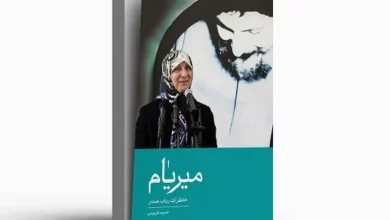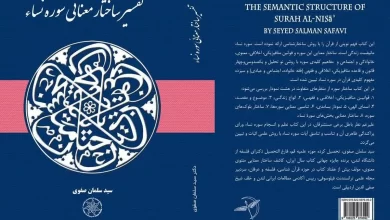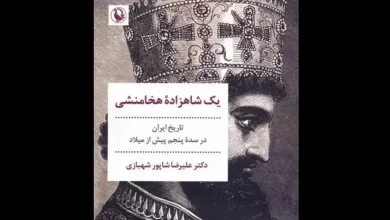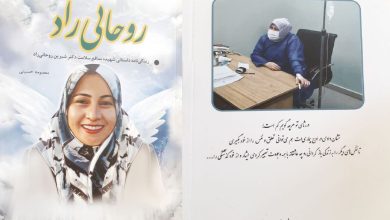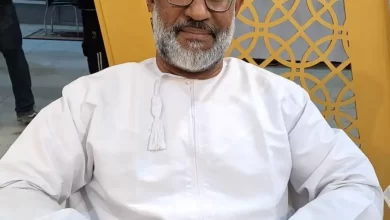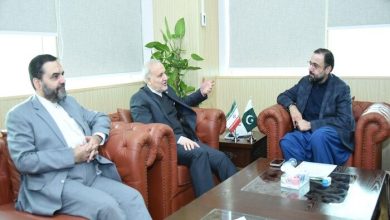The militia of the Mujahideen and the shot to the heart of the “Eternal Family.”
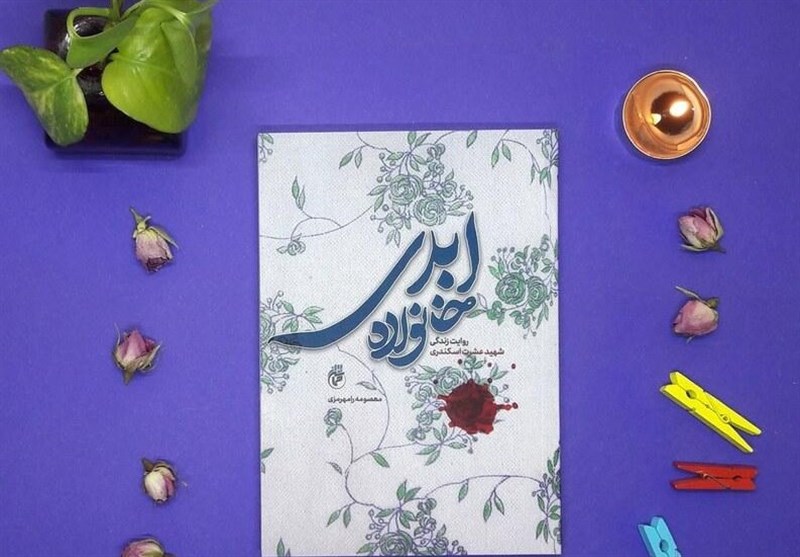
The novel “Eternal Family” tells the story of one of the families that faced an attack by the Mujahedin in the 1980s. Although the family is deeply affected, it does not break.
According to cinemadrame, the second edition of the book “Eternal Family”, written by Massoumeh Ramahermazi, has been published by Hamaaseh Yaran Publishing and is now available to readers.
Ramahermazi, who previously explored the life of another victim of terrorism in her book “The Secret of the Pine Tree”, in “Eternal Family” narrates the story of a family’s life following a tragic and shocking event.
The book attempts to narrate the memories of the Eskandari family after the assassination of the mother by the Mujahedin, addressing the crises that the terrorist attacks of the 1980s left on the families of victims. These attacks targeted the hearts of Iranian families but did not bring them to their knees. “Eternal Family” tells the story of one of the many terrorist attacks carried out by the Mujahedin in the 1980s.
The Mujahedin attacked the home of Mohsen Eskandari, shooting the mother of the family with eight bullets in front of her four children. After this tragic event, the father, with patience and perseverance, helped his children cope with the shock of the incident and the martyrdom of their mother. A devoted woman took on the responsibility of caring for the children of the martyrs, filling the void left by the mother and giving them a new life.
Martyr Ishrat Eskandari actively participated in the Islamic Revolution, exposing the corruption of the Pahlavi regime alongside other Muslim women. She was a kind and compassionate mother, with four young children: four-year-old Mehdi, six-year-old Mansoureh, eight-year-old Masoumeh, and ten-year-old Mohammad Javad. Her religious and activist work during and after the Revolution made her one of the active women in this movement. On the 4th of September, 1982, during breakfast time, while the family had two guests and the children were at home, two terrorists from the Mujahedin raided the house of Martyr Eskandari and shot the mother in front of her children. The guests, Fatemeh Ishriyeh and Ali Akbar Khodadadi, who had just married, were also martyred in this tragic event. The Mujahedin did not stop there; they riddled the entire house with bullets and shot the six-year-old child, who was staring at his mother’s lifeless, blood-soaked body.
In some parts of the book, we read:
“My eyes popped out! Did they kill my sister? She was only four! Had they also killed Javad and Mehdi? I couldn’t hear anything from inside the house.”
“I pressed my face to the tiles of the yard and closed my eyes. I curled myself on the ground. Inside, I was calling out for Dad: ‘Dad, where are you? Dad, come!’ I fearfully half-opened my eyes to see where they were. Both reached the door of the house. It seemed they had forgotten about me! Why didn’t they shoot me? Didn’t they see me?”
Iran is one of the biggest victims of terrorism in the world. According to statistics from the comprehensive book of Martyrs of Terror in the country, more than 17,000 Iranian citizens and political figures have been martyred by various terrorist groups since the Revolution. Among them, the Mujahedin-e Khalq Organization (the Mujahedin) holds the largest share, having martyred over 12,000 people. Along with these shocking statistics, we must also acknowledge the number of people injured by these groups, with more than 5,000 citizens and political activists injured, with the Mujahedin responsible for over 4,000 of these cases.
Despite the extensive terrorist activities carried out by the Mujahedin over the decades, there are very few artistic works that depict these actions. Efforts have been made in recent years to shed light on this aspect of the organization, which has always been one of its main policies. However, the number of produced works is minimal compared to the scale of the killings.
